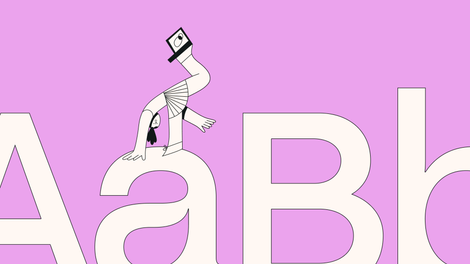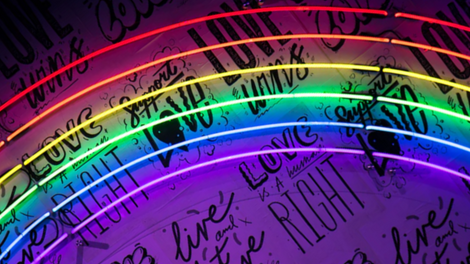Is there a particular style of illustration that you love? Maybe you can't get enough of the incredible skill that goes into realism, or you get absorbed into the magical worlds of fantasy art for hours on end.
We get it. We’re illustration nerds too.
There are so many styles of illustration to enjoy, and exploring the variety of visual styles out there can help you find your own and get inspired by what appeals to you. That’s why we love to follow new illustration trends and try them out for ourselves.
.jpg)
From expressive images of natural elements to impressive character development to subtle depictions of daily life, illustration is an incredibly versatile artistic practice.
Creating an illustration is a great way to visualize your ideas. Compelling illustrations can bring a character to life or create a compelling brand image.
Think of the beloved characters from your favorite cartoon shows, or the examples of illustration that you grew up seeing on your television screen or in picture books. Illustrations have raised us all.
Often, illustrations in cartoons or picture books are a child’s first experience with art. In fact, illustrations for children is a whole genre in itself.
Whether you're just getting started as an illustrator or you’re an expert in the field, brushing up on your illustration skills and trends in the design field is necessary.
Your illustration and design skills are something that you should continue to refine and practice. You’ll need to learn all about color theory, traditional drawing styles, the best illustration program to use, and what is popular in contemporary illustration.
Like all creative industries, establishing your own personal style in illustration is critical. To do that, you need to learn all about the styles of illustration and get inspired by examples of illustration created by famous illustrators.
In this article, we'll look at 12 styles of digital illustration, along with some inspiring examples so you can better understand each.
Jumpstart your ideas with Linearity Curve
Take your designs to the next level.
A brief history of illustration
Throughout the history of illustration, new artists have continued to evolve and grow their personal style. The art we see from the 15th century heavily influenced the 17th century, which in turn influenced the 19th century art that brought around the illustration styles we know today.
Some of the earliest published Illustrations can be found in books dating back to the 14th century. Since then, people have been creating illustrations for books, magazines, ads, and much more.
Now, in the modern age, we see illustrations in the advertising industry and in website design.
Visual design has come a long way since the first known illustrations, and we have some pretty fantastic illustrators to thank for that. Their illustrious careers in illustration have led to others adopting this art form and keeping it alive.
There are countless successful illustrators that have established strong careers in illustration.
Some of the best-known illustrators include Beatrix Potter, Maurice Sendak, and Hayao Miyazaki.
What are the different styles of Illustration?
Traditional illustration started with drawing, painting, and carving in a traditional medium. It's an art form that manifested in a wide variety of techniques, such as:
- Block illustration
- Charcoal illustration
- Ink illustration
- Woodcut illustration
- Watercolor illustration
- Advertising Illustration
- Scientific illustration
- Pencil Illustration
- Collage Illustration
- Acrylic Illustration
These techniques of illustration are still used and loved, but as our tools have evolved, so have our modern illustration techniques. Most illustrators have turned to digital tools to create vector illustrations. With these digital tools, artists can create anything with just one device.
A vector graphics software such as Linearity Curve (formerly Vectornator) is perfect for illustration. Our brilliant software gives you the freedom to draw digitally in your own style with great detail and print at scale without losing quality.
Illustrative styles are influenced by various types of art and artistic movements. While there are specific genres of illustration that we'll look at below, it's good to have an idea of how many cultural elements can influence illustration designs.
Movements like Bauhaus, Pop Art, Surrealism, glitch art, and many more also influence graphic designers and illustrators in developing their unique style.
The fantastic thing about digital art is that it gives digital artists the freedom to experiment with absolutely every style in a variety of formats.
Without further ado, let's check out the different styles of illustration.
Vintage and retro
Styles from the past inspire vintage and retro illustration, usually from the early 1900’s up until the ’90s. This style might be employed for one particular project inspired by a throwback theme to capture a certain feeling—for instance, the bubbly vibrance of the ‘80s or the elegance of the roaring ‘20s. Illustrators might be inspired to shape their unique style around the aesthetic of an era from the past.
Neil Stevens is an illustrator who has had success creating his style around a vintage-inspired theme. With work for clients such as The Guardian, The Hollywood Reporter, and The Washington Post in his portfolio, cultivating this style has served him well.
Malika Favre is another well-known digital artist whose retro style is described as "Pop Art meets OpArt." The sex appeal of the '50s and '60s meets contemporary minimalism in her work to create irresistible retro-inspired illustrations.
If you decide to embrace a vintage or retro illustrator style, you’re sure to build a portfolio of clients who love your work.
Realism
The Tate Museum describes realism as follows:
“In its specific sense realism refers to a mid-nineteenth-century artistic movement characterized by subjects painted from everyday life in a naturalistic manner; however, the term is also generally used to describe artworks painted in a realistic almost photographic way.”
Realism is a popular style in modern digital illustration. It ranges from stylized subject matter loosely representing reality to photorealism and hyperrealism, which aim to represent reality and the human form as closely as possible. These talented artists can capture reality either through immense detail, brilliant portrayal of emotion, or perfect accuracy in composition.
However, a lot of realistic vector art still keeps a little artistic flair and stylization while resembling the real. If you look at this example from digital illustrator Abdelrahman Taymour below, you’ll see how he uses stylized texture to bring artistic flair to the portrait while still capturing Walter White with realistic detail.
On the other hand, you might be blown away by Irakli Nadar’s hyperreal digital paintings. These amazing illustrations exemplify excruciating attention to detail.
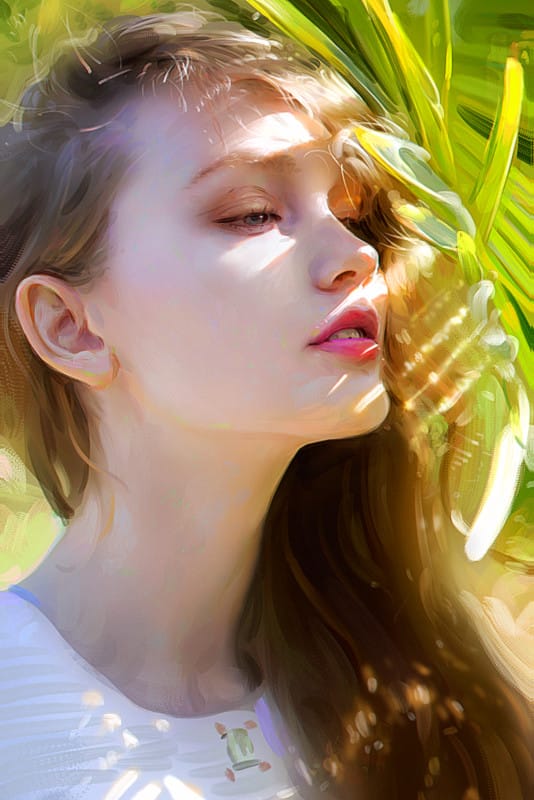
Realistic illustration styles are a great way to practice and showcase your skill as an artist, and a surefire way to impress your audience and potential clients.
Ready to learn something new?
Check out our list of great design courses online.
Fantasy
Fantasy illustration is moody and enchanting, alive with mythology, magic, fables, legends, and science fiction. This style of illustration is inspired by stories and depicts supernatural scenes and characters. It is usually quite detailed, exercising immense skill from these imaginative illustrators. Depth of detail combined with moody atmospheres immerses the viewer in an alternative world.
Fantasy illustration is commonly used in the gaming industry, book illustration, and film industry. These artworks capture alien landscapes, magical worlds, and creatures of every imaginable kind, often in the context of a fictional story.
A lot of fantasy illustrations are dark and action-packed. Take Bayard Wu as an example - a professional illustrator and concept artist working in the gaming industry. His Orc Girls illustration below is a beautiful example of the types of creatures, detail, action, and story prevalent in this art style.
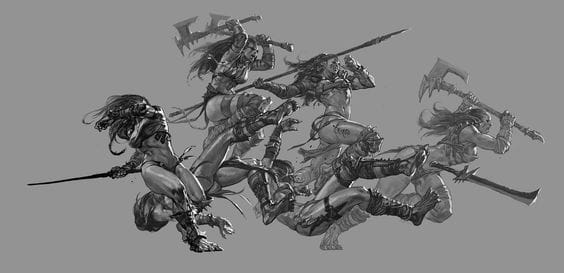
On the other hand, this digital artwork by Gosia Kmiec is much lighter yet equally strange. It’s a beautiful example of the types of imaginative creatures you’ll find in fantasy art.
Comic book
A professional illustrator for Marvel Comics, Mark Brooks, highlighted the importance of storytelling:
“I’ve learned that it’s a lot more to do with the storytelling than just pretty art … Comics are a lot more than art, I see a lot of up and comers that get into comics in the same position I was in, and I see them focusing very heavily on the way they draw and doing covers and pin-ups and things like that, and I don’t see a lot of focus on storytelling, which is something I’ve really tried to focus on in the last few years. I think if anyone can learn from my experience, focus on that just as much as focusing on your art.”
Traditional comic books have inspired a ton of contemporary illustrators in style, story, and character creation. By considering the layout structure of comic stories, illustrators have to imagine the story panel by panel, which gives way to a particular type of creative thinking that's a good challenge for any designer to try!
Graphic novels are another type of illustration that's similar to the comic book style. Exploring the myriad of fantastic graphic novels out there might be a good idea for any illustrator interested in comic book styles.
One of the most famous graphic novels is The Sandman, written by Neil Gaiman and illustrated by multiple artists is a fantasy horror story. Its dark themes are beautifully manifested in equally dark illustrations. Aligning visual representation to the mood and themes of the story is the most critical aspect of illustrating comic books and graphic novels.
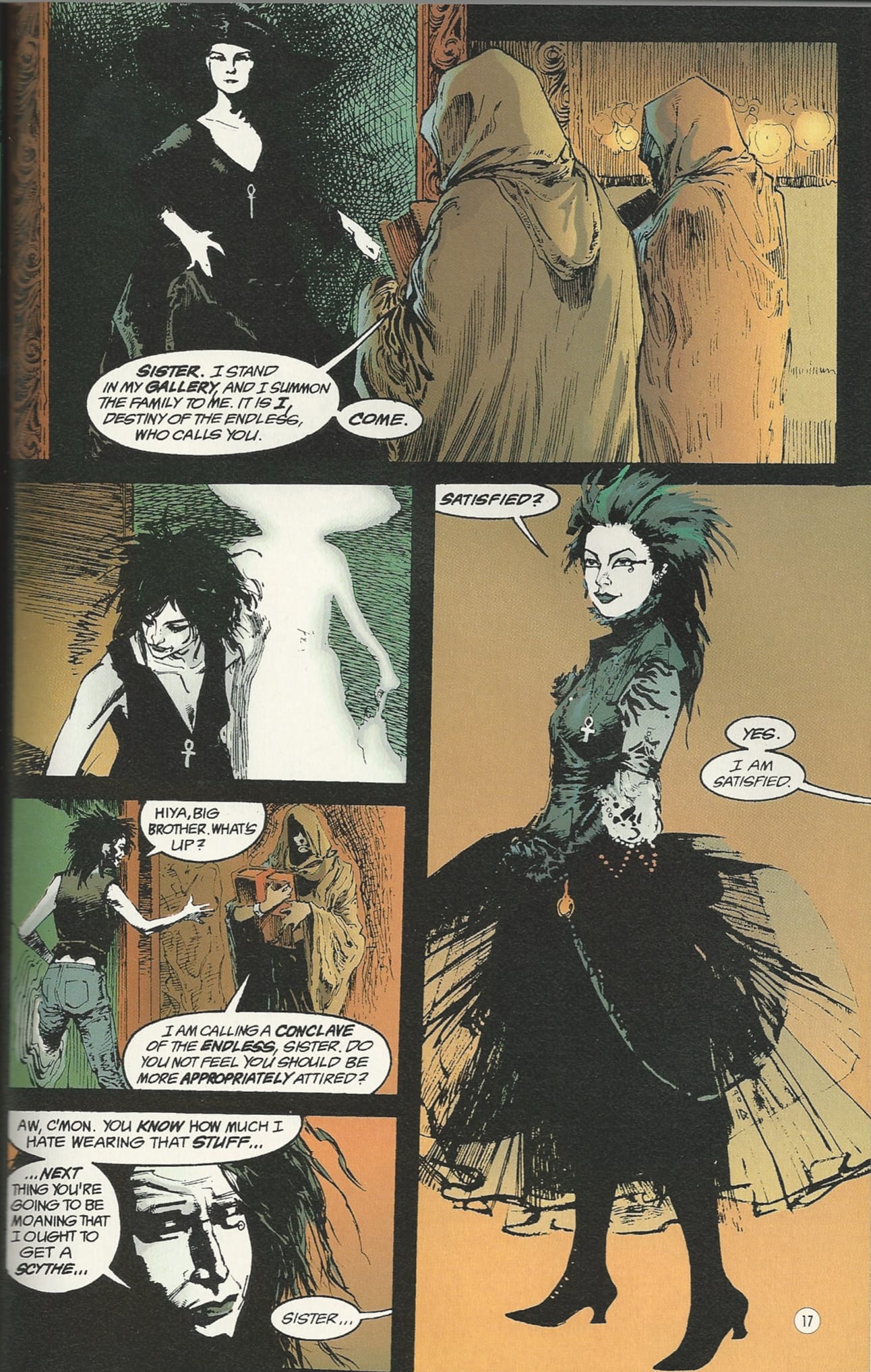
Fashion
Fashion designers use sketching as a tool for communicating their ideas. This style of illustration emerged from the need for quick sketches and to highlight how clothes will look on models.
Fashion designers will develop their ideas over multiple sketches, creating each sketch in mere seconds to keep the idea moving until it's finalized. These types of illustrations are produced quickly and usually defined by rough lines and a generally loose aesthetic.
Fashion design illustration is bursting with attitude, culture, and couture. While it's still mainly used by fashion designers, this type of illustration has inspired many artists who are not fashion designers but simply want to bring the aesthetic into their designs.
Each fashion designer develops their own unique style, as these designs are such an essential part of their overall work as an artist. Browsing through designs from big fashion names such as Christian Dior and Louis Vuitton can be a worthwhile task for illustration inspiration.
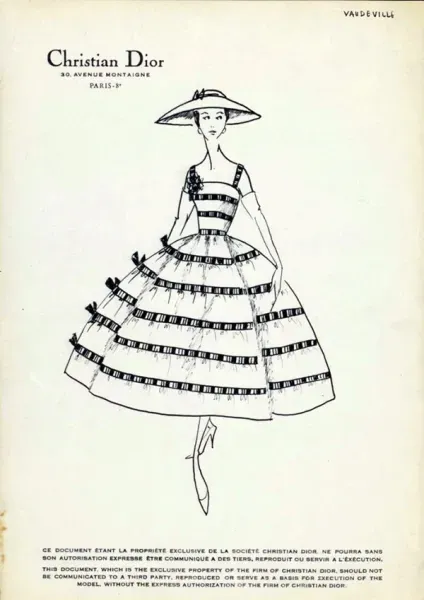
Line art
Line art has become an increasingly popular modern style of illustration, especially on social media platforms like Instagram and Pinterest.
You'll probably have encountered the famous Instagram poetry of Rupi Kaur, who illustrates her poems with simple yet beautiful line drawings. Simplicity is incredibly powerful in creating beauty and impact (read more about that here.)
This style of illustration can be incredibly simple, which is its appeal in some instances, but it's also possible to get detailed and intricate with it.

Line art is a form of illustration that uses space and simplicity to create images. It's often a good style for communicating an atmosphere of gentleness and works well to depict content. While a lot of line art is simply black and white, some artists weave in color here and there.
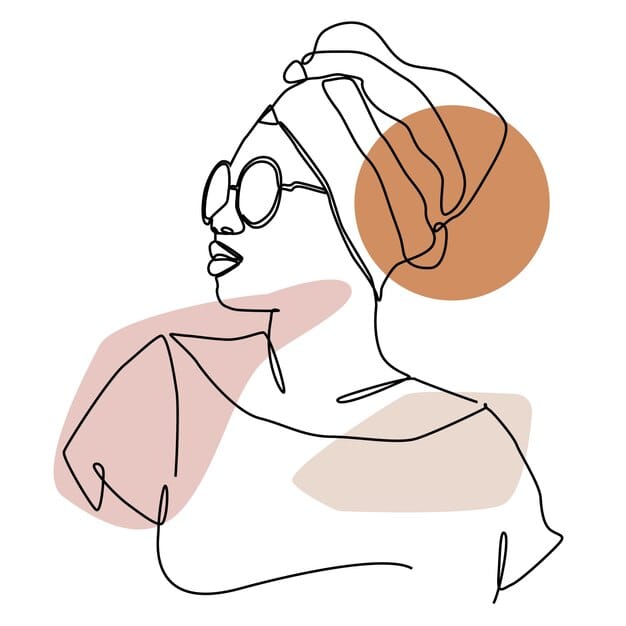
Flat illustration
This graphic design trend blew up in 2020 and is around to stay. Brands are going crazy for flat illustrations in all kinds of visual communication for apps, websites, editorial illustrations, and beyond.
This popular type of illustration consists of flat, 2-dimensional visual details as opposed to detailed, more 3D graphics. Rather than detail, illustrators working in this style usually use interesting perspectives and movement to give the images depth and life.

Caricature
Caricature is a style of cartoon in which specific features of a character are exaggerated to emphasize a message that the illustration is communicating.
Caricature is commonly used by political illustrators, who are often making fun of or criticizing leaders and scenarios. This form of illustration is usually defined by humor.
You'll also probably be familiar with caricature artists who create caricature-style drawings of ordinary people in the street or at fairs and festivals. Caricature illustrators have a talent for portraying personality and humor.

Children's book illustration
Each children's book illustrator has their own unique style, so the field is broad and can't be narrowed down to one definitive style. Some key features, however, are usually things like vibrant color, a sense of movement, and defined emotion.
You can read the full article on children's book illustration here, where you'll learn about some amazing illustrators.
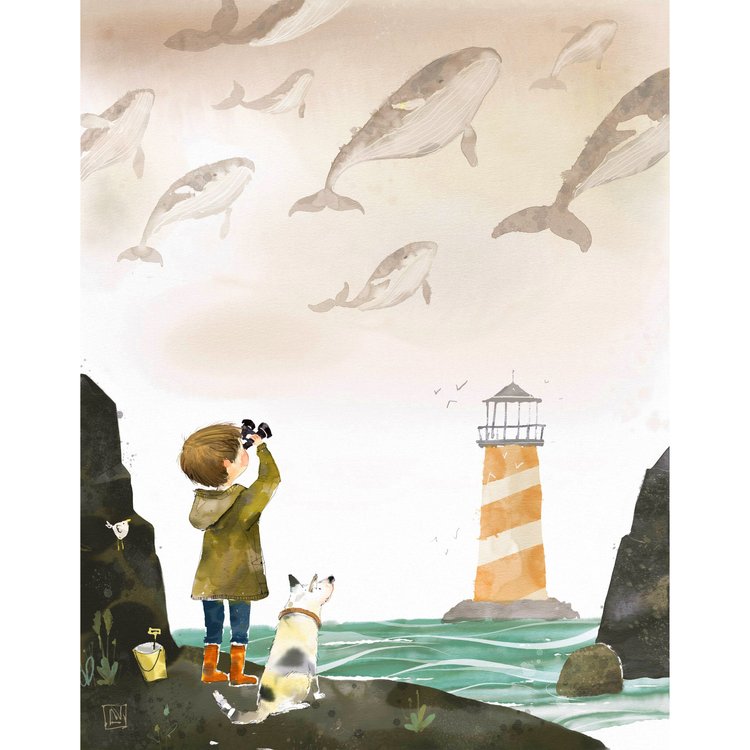
These types of illustrations rely on a definitive theme to carry a story. They are often imaginative and make interesting use of patterns and color to keep children engaged in the story.
Cartoon illustration
Often falling under the umbrella of comic-style illustration, cartoons can be similar in that they're aimed at storytelling and are often used in panels along with wording and plot to tell a story.
Cartoon illustration usually has a childlike, whimsical sensibility. Snoopy and Garfield are well-known print cartoons that are definitive of this style.

Animated cartoons created for children and adults have further defined this style. By drawing fictional words and characters, viewers are transported out of their reality and forced to imagine something else. There is a certain freedom in this that allows us to contemplate ideas outside the confines of our immediate reality, which makes cartoon-inspired illustrations perfect for helping viewers imagine ideas or simply good old escapism.
Ready to create brand assets that pack a punch?
Visit our Academy for free marketing design courses.
3D illustration
3D illustration uses depth to make the contents of the image look three-dimensional. 3D is becoming increasingly popular, particularly in product development, home design, and VR. 3D is an excellent way to get an idea of exactly how something might look in reality and can bring an ordinary illustration to life.

Acknowledgement Psychedelic illustration
While this could be grouped under "retro" as the psychedelic aesthetic was popular in the '60s and '70s, it's such a definitive style we felt it deserves its own acknowledgement.
Psychedelic illustration is defined by extremely vibrant colors, a combination of varied patterns, and surrealist sensibility. These illustration designs are intricate, maximalist, and inspired by the psychedelic trips brought on by mind-altering substances like LSD and "magic" mushrooms, which is why it's often defined as "trippy."
Chris Dyer is a talented illustrator and street artist who uses a psychedelic style to communicate his message and create colorful, striking pieces in public spaces.
Finding your illustration style
The possibilities in digital illustration are endless and will only continue to grow as artists carry on discovering through their work. As we evolve, we develop new styles, which are also constantly changing based on our culture that is always influencing our art.
Finding your illustration style is an exciting journey, but it usually takes some time.
One individual artist might experiment with a few styles and never commit to one. Having a distinct style that you've homed in on, though, can be an advantage in finding work and growing your career as an illustrator, as brands and fans will develop a taste for that particular style and keep coming back.
Know yourself
This might sound a little bit "self-help,” however, the more in tune you are with your authentic self and what makes you unique, the easier it will be to tap into an individual style.
Find what you enjoy
Your style should be something you enjoy! You should be inspired and itching to create your art. Take the time to research and explore so you can find what you enjoy.
Find what you're good at
What you like and what you're good at might be two different things. This is the frustration of the creative process. Don’t try to force yourself into a style just because you think it's cool. Allow yourself to be honest with what you're good at, and then hone your skills so you can become brilliant at it!
Experiment
Finding your illustration style will take experimenting with a variety of styles to get a feel for what you're good at.
Practice
It makes perfect, right? Once you have a better idea of which illustration style resonates most with you, practice it until you perfect it- which might take forever, but you'll improve with each artwork.
Get inspired by others
Find and follow your favorite artists for inspiration. Creativity is a community, and we all bounce off and inspire one another as long as you know how to stay true to your unique style without being too influenced by your peers and colleagues.
Share and get feedback
As we've just said, creativity is a community! Share your illustrations on social media, ask friends and colleagues for feedback, and send us your stuff, too. The Linearity Curve crew loves to see what digital artists are creating.
Using Linearity Curve to create illustrations
Using Linearity Curve, you can create beautiful vector art whether you're an experienced illustrator or a beginner.
The Adobe Creative Cloud may be a design industry standard, but it isn't always the best fit for everyone. If you're currently using Adobe Illustrator or any other Creative Cloud applications, consider trying Linearity Curve as a free alternative with custom tools and templates.
With your creative skills and our innovative features, you'll be able to create amazing illustrations without paying a steep monthly fee for Adobe Illustrator or a similar product.
Be sure to check out the rest of our Blog and Design Tips to learn more and get inspired about the world of illustration and graphic design, and if you’re on the hunt for high-quality vector design software that’s free, give Linearity Curve a try!
Get started
with Linearity today.
Jumpstart your ideas with Curve
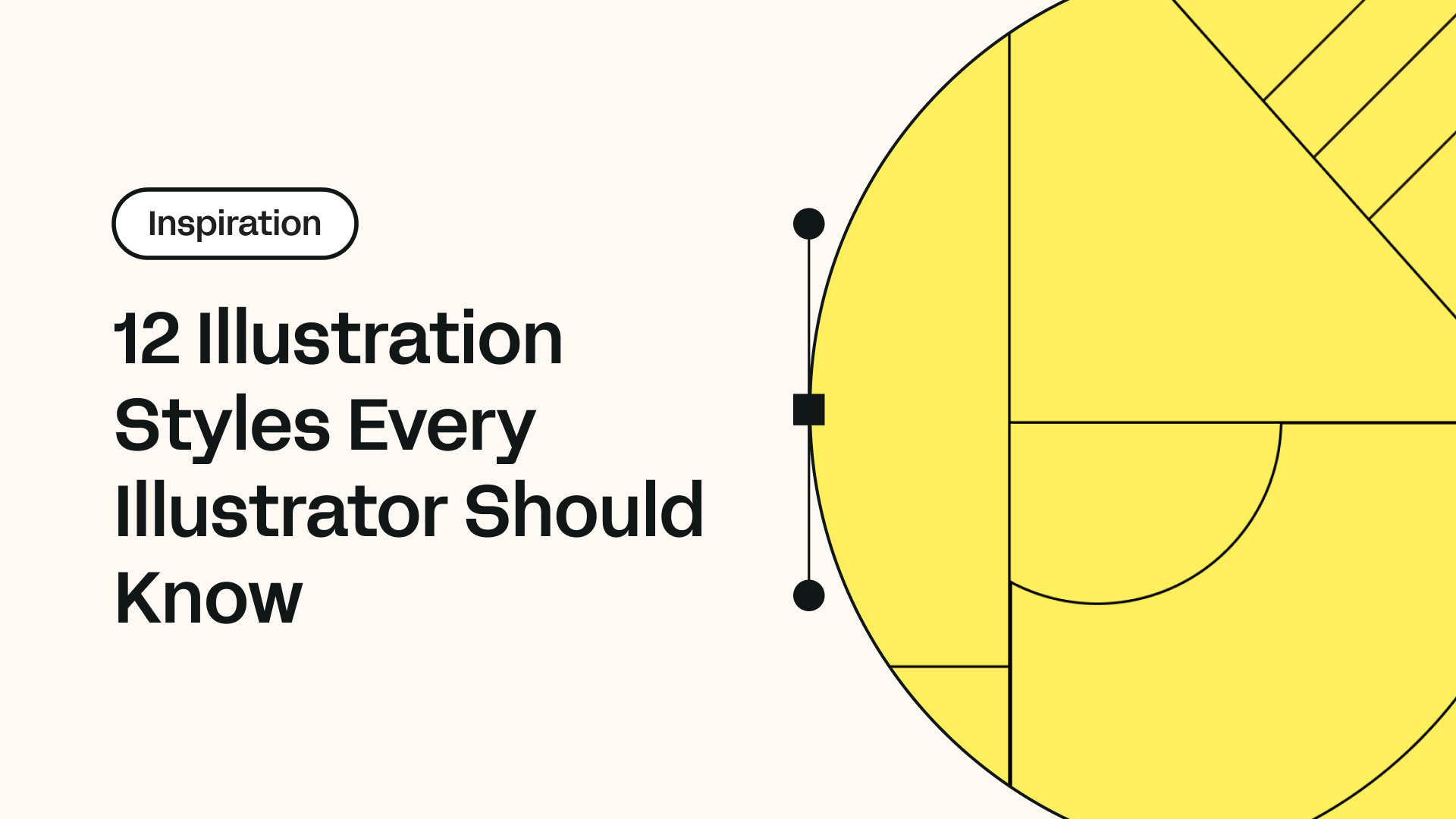
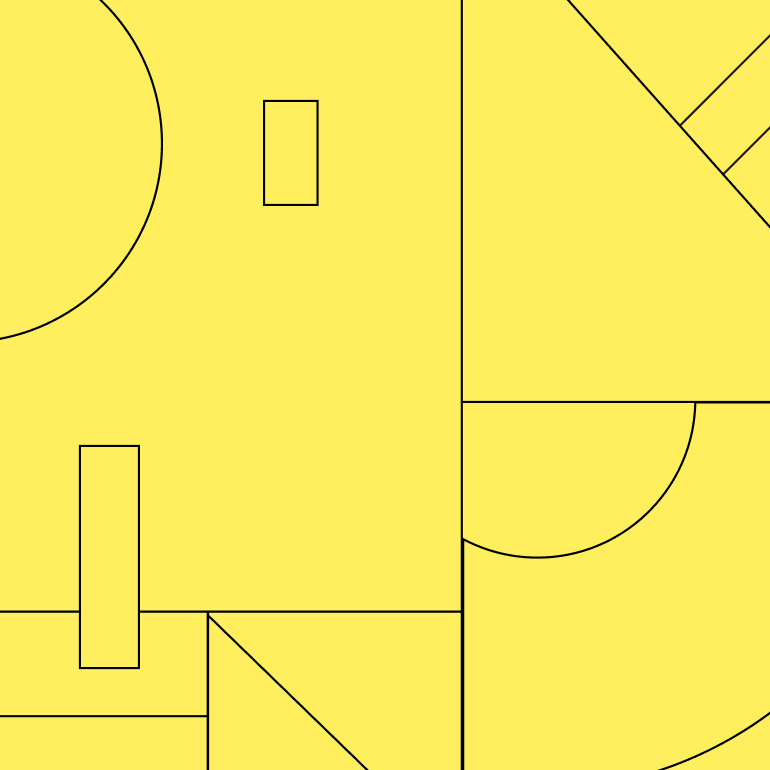
Share this!
Lavinia Aparaschivei
Lavinia is a contributing writer to the Linearity Blog.


:quality(75))
:quality(75))



:quality(75))
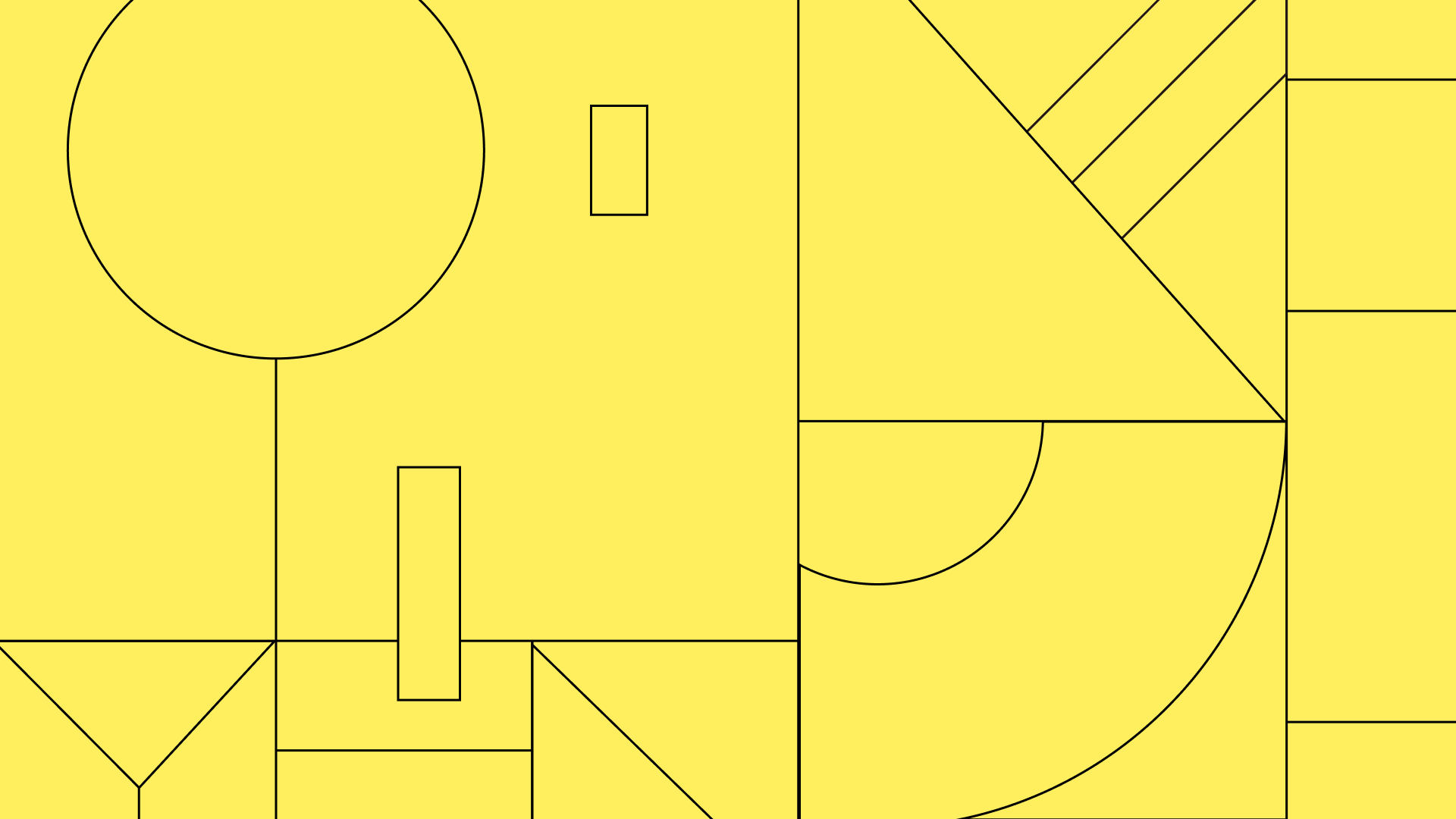
:quality(75))
:quality(75))
